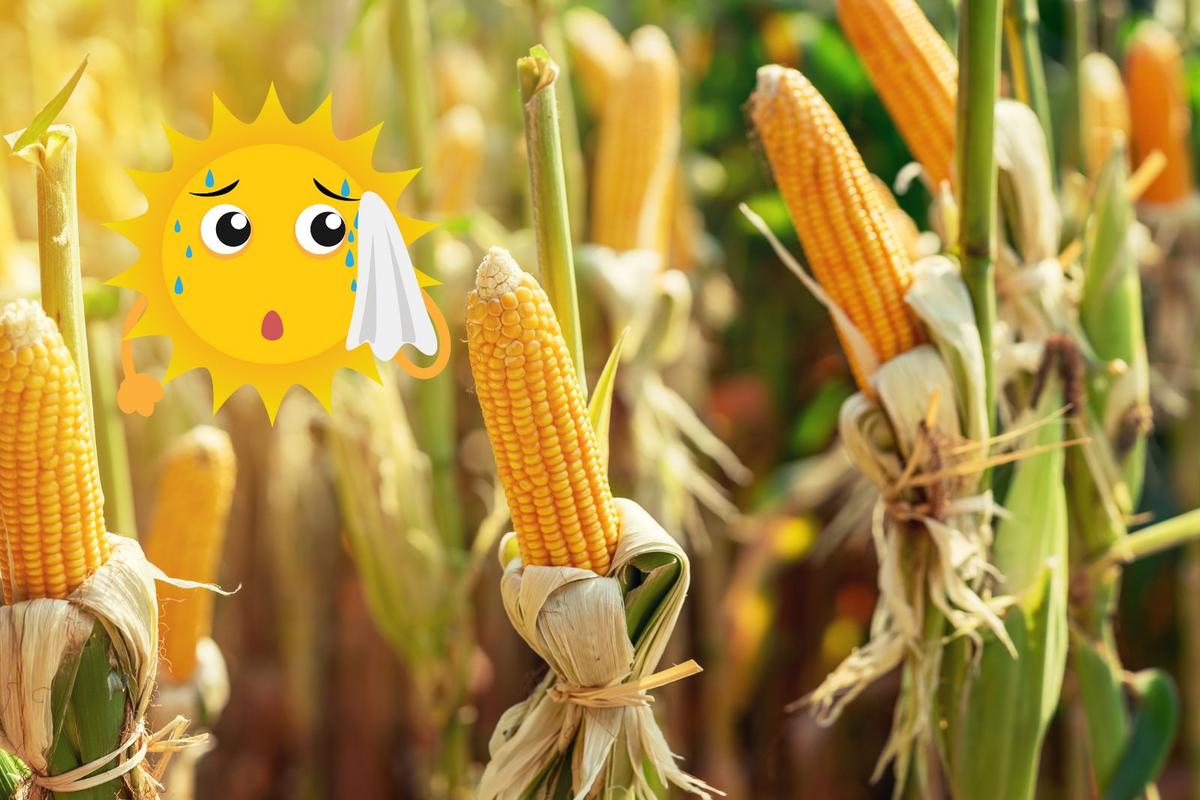The Midwest is no stranger to extreme, fast-changing weather. These last few months of summer we have felt the growing humidity and climate change more than other states. This is caused by corn and other crops cooling themselves.
The rise in temperatures has allowed farmers to plant corn specifically further north, increasing the amount of corn but consequently also increasing the humidity. The more that is planted in tightly packed areas the harder the plants must work to stay cool, which is pumping out the humidity blanket across the states. This is referred to as evapotranspiration.
Evapotranspiration is a combination of transpiration and evaporation both cycles that corn goes through. Transpiration is corn sucking up water from the ground and expelling it into the air to stay cool and distribute nutrients. Moisture enters the air when the water in the soil evaporates, hence why the two combined give us transpiration.
“Corn sweat” is what the phenomenon is called locals. In 2020 researchers from the Harvard-Smithsonian Center for Astrophysics found that in the Midwest, which is where most of the countries corn is from, can increase the moisture in the air above it up to 40 percent.
The densely packed corn can also cause droughts by draining the soil of its water. Although the Midwest is projected to get wetter in the upcoming decades.
Between the giant fields of corn to feed cows and make ethanol for cars the corn has become a horror of humidity.









